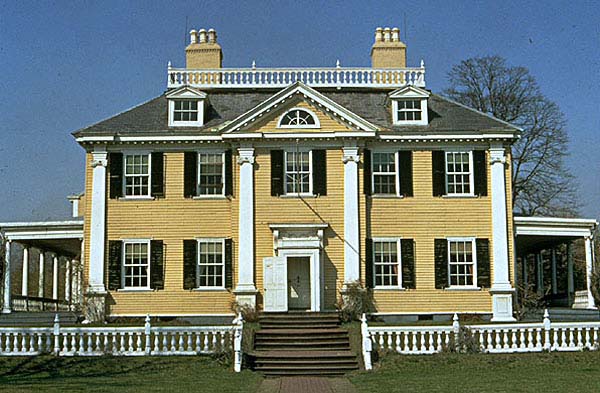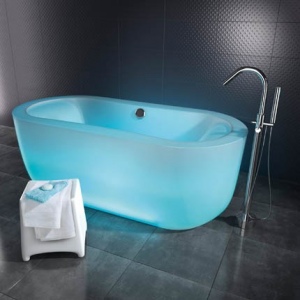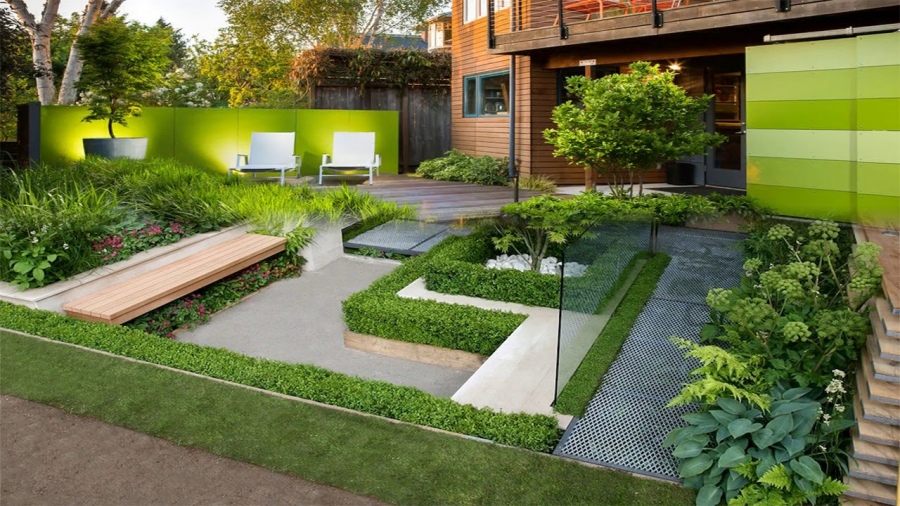Georgian architecture depicts a period of grandeur, tradition, and timeless quality. From the town houses of cities and spa towns throughout the country, to the beautiful stately homes that stand proudly in the countryside, this era has made its mark on British architecture and remains a popular style of construction for buildings today. If you’re thinking of developing a property with inspiration from the Georgian era, or perhaps you’re simply interested in architecture, then this introduction should fuel your passion for the period and your knowledge of the features that make it distinct.
Key Features
Like modern architecture draws inspiration from the Georgian era, the Georgians took lessons from the Classical styles of Rome and Greece. For that reason, powerful features such as columns and porticos were very popular, as well as cornices and decorative moulds that completed the aesthetic appeal of these buildings. In an era where prestige and power was key, buildings aimed to reflect this, especially with stately homes.
Georgian homes were usually two to three storeys high, and as proportion was an essential part of design you will see that the windows, doors and storeys often look very angular and regimental. Everything was done to create a dominant impression, meaning grand entrances, big windows, and long, rectangular facades. However these uniform frameworks were often interspersed with more eye-catching designs such as moulded stuccos and palladian windows, to break up these often long and tall buildings.
Another iconic feature of the Georgian buildings is the style of their roofs. In order to further increase the visual impact of the façade of the house, the roof was usually shallow to hide it from street view. However these often large houses posed a problem for creating shallow roofs, which led to the invention of the mansard roof. Often, these also created attic space for servants’ quarters too, essential for stately homes.
How to Replicate Georgian Styles
As the majority of Georgian properties consist of expertly crafted stonework and grand features, anyone looking to replicate this type of architecture should use the services of a professional stonemason who specialises in such buildings. Although a period property is best restored with the type of stone that the original building consists of, for new builds materials such as glass reinforced concrete (GRC) are much more affordable, easier to build with, and eco-friendly. GRC can be designed to mimic almost any type of stone, and can be shaped into almost any size or design for features such as cornices, porticos and columns.
Spanning over a century in British history, it’s no wonder that the Georgians made such a huge impact on the architecture past and present in the country. Whether you are looking to invest in stonework inspired by the era, or you are simply interested in what exactly makes such properties distinctive, understanding this iconic architecture is a part of our heritage and something that everyone should take an interest in. Do you have a favourite era when it comes to architecture? Tell us and we might talk about that next time.
Article written by Kelly G Grassam, a Yorkshire lass who loves fine dining and interesting places. You can follow her on Twitter @KellyGGrassam. This article was written with useful information from Henley Stone.





